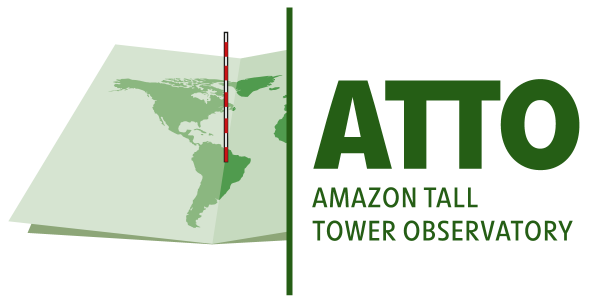Our research at ATTO is very diverse, as are the data we collect. Therefore, we have a large variety of projects covering a range of disciplines.
Find an overview of individual projects at ATTO in alphabetical order below. Click to learn out more about each project. For further details about a specific project or are interested in collaborating, please contact the respective principal investigators. The list will be expanded continuously.
Please note that this page goes into the nitty-gritty details of our research and is primarily aimed at the scientific community. If what you’re looking for is an overview of the different themes of our work, visit the page “Research fields”
222Radon can be used as an atmospheric transport tracer. At ATTO it is not measured directly but via its progeny 214Polonium since 2018.
With Hydrotraits we investigate the vulnerability of tree species along a gradient of drought duration & intensity across Amazonian ecosystems.
With ISO-ATTO we study the connection between Amazon forests and the atmosphere and its relations with the development of convective events.
We are tracking radiocarbon in ecosystem carbon pools and in respired CO2 to determine the fate and timescale of carbon cycling in Amazon forests.
Our goal is the detailed characterization of turbulence regimes at the ATTO tower site. We will characterize them in terms of parameters that are external to the planetary boundary layer (PBL), such as large-scale wind forcing, radiative processes, roughness and thermal surface properties.
We use an integrative approach to identify sources and sinks of VOCs at the soil-vegetation-atmosphere interface.

